Solving the puzzle: Autism diagnosis often takes longer for girls, whose symptoms can differ from boys'
Published in Health & Fitness
SAN DIEGO -- Donning one of her favorite unicorn-themed nightgowns and perched comfortably in an extra large beanbag chair, Alyssa Tracy watches videos on her tablet.
It’s a quiet, early April morning at the Lakeside, California, home where the 10-year-old lives with her parents, Dustin and Debra Tracy, and older sister Grace Tracy, age 12.
But just a few minutes earlier, Alyssa was a little fussy. Being on spring break means her school routine is disrupted. Plus, there’s a reporter and photographer visiting.
Having a stable routine can be really important for children like Alyssa, who is diagnosed with autism spectrum disorder.
“Her hair, her routine, it always has to be done a certain way,” said her mom. “She has to have ponytails every day. It can’t be braids. It used to be braids for a while, for a few years. But now it’s just ponytails.”
Autism spectrum disorder is a developmental disorder, characterized by difficulty with communication, social interactions and behavior, the Centers for Disease Control and Prevention reports.
Some early signs of autism are when a child fails to make or keep eye contact or if they don’t respond to their name by the time they’re 9 months old. They may also seem unaware when someone speaks to them. At a year old, they might use few or no gestures — such as not waving goodbye — and they may not play simple games, like pat-a-cake.
While Alyssa was diagnosed with autism at age 2 — under the average diagnosis age of 4½, according to the CDC — many other girls and women with the condition are not diagnosed until much later than their male counterparts. That latent diagnosis can impact when or if they receive support therapies, which experts says are key to improved long-term outcomes.
Gender-based differences in autism
The Organization for Autism Research reports that while 25 percent of boys with autism are diagnosed before age 6, only 8 percent of girls receive a diagnosis by that time. By 11 years old, about half of boys have been diagnosed, compared with 20 percent of girls.
...continued
©2024 The San Diego Union-Tribune. Visit sandiegouniontribune.com. Distributed by Tribune Content Agency, LLC.
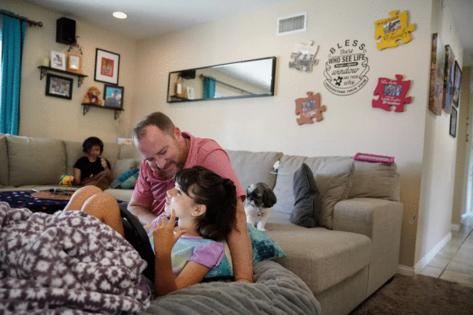
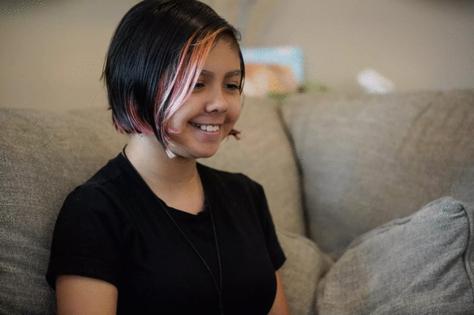
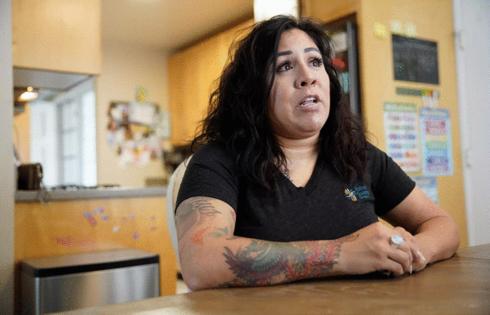
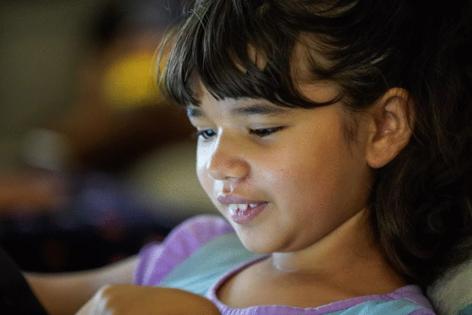
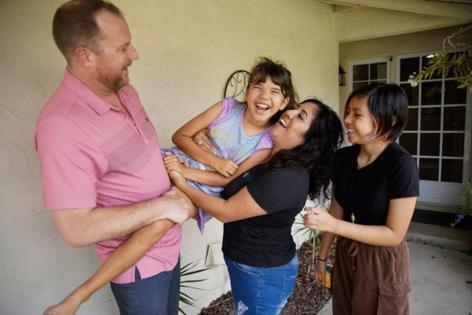











Comments